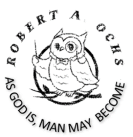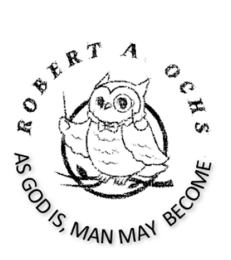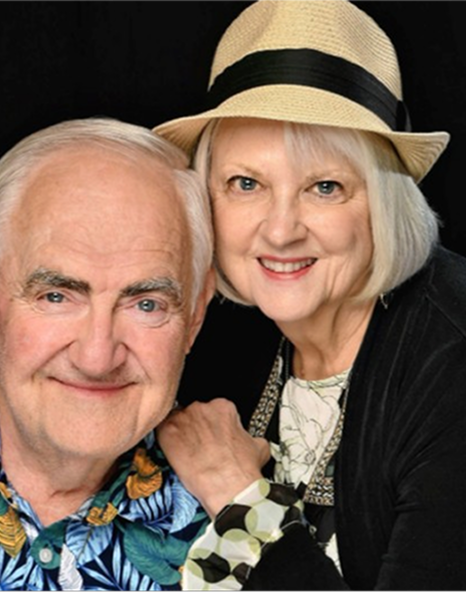On Blog 4 of our tour through finding the Nature of Christ, we join Robert Ochs and Carol as they take a more formal journey of faith. The stage is humble a basement apartment where Ron Benedict, friend and spiritual instructor, delivers lessons that would redefine their idea of the RLDS Church and, more importantly, their idea of faith itself.
The space is not expansive. There’s a white sheet of linen draped against a wall in lieu of a projector screen, and the furniture is obviously used. But what transpires within that simple room is anything but mundane. Ron’s teaching method is intent, reflective, and embedded thoroughly in scripture. In four successive weekly sessions, he brings Robert and Carol through four major theological pillars: the Gospel, the Apostasy, the Restoration, and the Afterlife.
What is so impressive about this section of the memoir is the clarity and simplicity with which Ron teaches deep truths. He doesn’t overwhelm. He doesn’t seek to convert through coercion. Rather, he encourages Robert and Carol to consider the larger spiritual context of what they believe. Guided by scripture, he shows them new possibilities in understanding what it means to live as a follower of Christ.
The Gospel lesson was especially enlightening. Ron uses Hebrews 6:1 to define the ground level of Christ’s doctrines: repentance, faith, baptism, laying on of hands, resurrection, and eternal judgment. These concepts weren’t new to Robert and Carol they’d heard them referenced many times in various churches. But what was new now was the emphasis that all of these doctrines interacted, rather than separately. Most churches, Ron said, selectively choose which doctrines to teach. But the wholeness of Christ’s doctrine, as taught in the RLDS Church, provides a more coherent spiritual course.
Another eye-opening section of the lesson comes in the form of discussing priesthood. Robert confesses that as a youth, he’d had a glimpse of church positions deacon, elder, and evangelist without ever thinking about where they came from in the Bible. Ron relates these positions to the two priesthood orders given in Scripture: Aaronic and Melchizedek. This model allows Robert and Carol to envision an obvious order to the faith they had only experienced on the surface previously.
Ron doesn’t merely recite verses he leads them through the texts, urging them to query and probe. The contrast is dramatic: instead of sitting passively to listen to sermons, Robert and Carol are now active learners of faith. Such active participation introduces a renewed vigor to their religious path.
Carol’s reaction is politely reflective. She makes notes, questions, and while at first reserved, becomes increasingly open. Her Baptist background had colored the RLDS Church badly, and these meetings serve to dispel some of the misconceptions. As Robert gently inquires if she still considers it a cult, her response isn’t aggressive. Rather, she says she liked the strong emphasis placed on the Bible.
One of the most authentic things about this chapter is the way it shows spiritual learning not as a linear path, but as a journey full of discovery, rethinking, and the occasional moment of doubt. Robert’s desire for answers is made clearer. He isn’t content with shallow belief. He wants to know why things are as they are, and Ron gives him both the historical and scriptural underpinnings to fuel that search.
This chapter also highlights the role of environment in faith formation. The fact that these transformative lessons happen not in a cathedral, but in a small, cozy basement underscores a powerful message: truth and revelation can happen anywhere, as long as hearts and minds are open.
At the conclusion of these meetings, Robert and Carol are no longer observers in their spiritual journey. They are thinkers, questioners, seekers better educated, better grounded, and closer together in their quest to discern what it means to really follow Christ.
As we enter the next phase of their narrative, we’ll learn how the understanding gained here begins to affect their larger perspective on Christian history, especially the understanding of apostasy and the influence of tradition in defining what churches teach today. The questions become deeper, the journey more profound.


